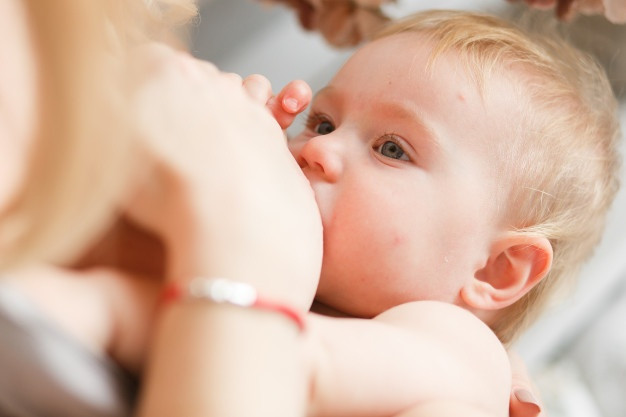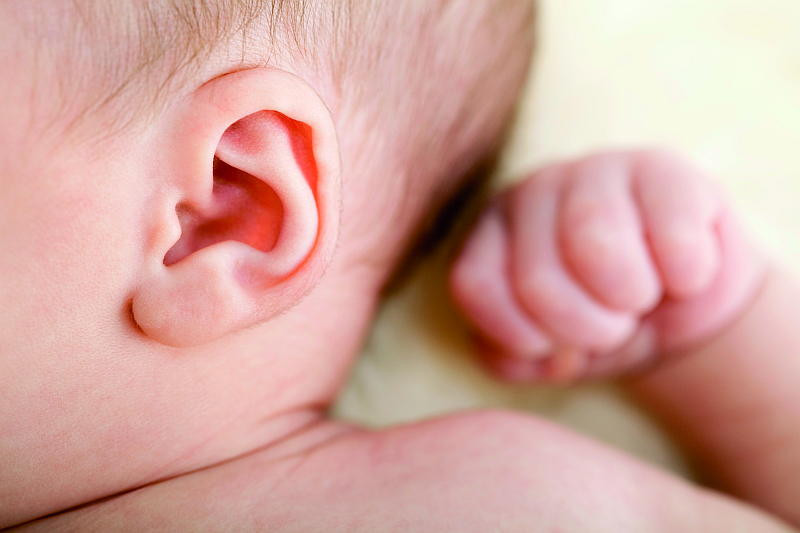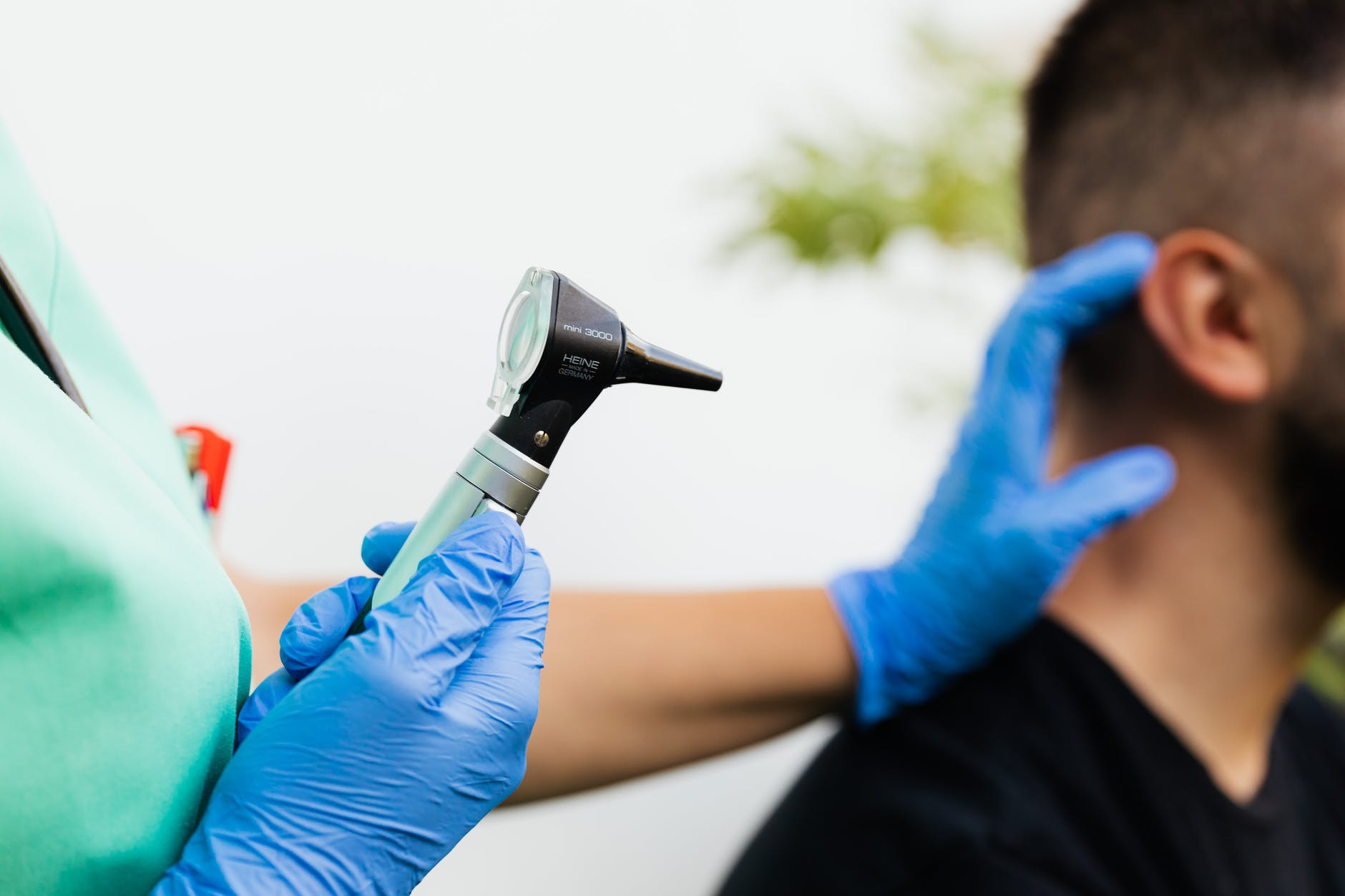Definition
Noise-induced hearing loss (NIHL) is a condition that arises from inner ear damage caused by exposure to loud sounds. It can manifest abruptly or develop gradually over time, eventually becoming noticeable. NIHL may be either temporary or permanent and can affect one or both ears. Importantly, NIHL is a preventable form of hearing impairment.
Causes
NIHL is caused by loud noises, whether occurring as a single event (such as an explosion) or continuous noises (such as noise from a wood-cutting machine), which are the primary causes of NIHL. Sources of such noise include:
- Recreational activities like shooting and hunting
- Listening to excessively loud music
- Participation in a band
- Attendance at high-volume concerts
- Operation of lawn mowers and wood carving tools
Sound intensity is quantified in decibels (dB). Sounds of 70 dB or lower intensity do not cause hearing loss, even with prolonged exposure. Conversely, sounds at or above 85 dB, when experienced over long durations or repeatedly, can result in hearing loss.
The severity and rapidity of NIHL are influenced by the sound's loudness, the proximity to the sound source, and the duration of exposure. The louder the sound, the shorter the time required to cause NIHL. Similarly, closer proximity to the sound source and extended exposure periods accelerate the onset of NIHL.
Risk factor
NIHL can affect individuals of all ages, from children to the elderly. Key risk factors include exposure to loud noises, whether single or repeated events. Repeated exposure is often work-related and typically occurs after a decade of continuous exposure to loud workplace noise. NIHL resulting from occupational noise exposure is recognized as an occupational disease.
Symptoms
Prolonged exposure to loud noises can lead to gradual hearing loss. This might go unnoticed until the hearing impairment becomes significant. Over time, sounds may appear distorted or muffled, making it challenging to hear conversations over the phone or necessitating an increase in television volume.
The combination of NIHL and age-related hearing loss can result in severe hearing impairment, potentially requiring the use of hearing aids to facilitate communication and active participation in daily activities.
Meanwhile, NIHL resulting from sudden, intense noises (such as gunshots or explosions) can cause immediate and permanent damage by rupturing the eardrum or damaging the auditory ossicles.
Diagnosis
Ear Examination
Diagnosing NIHL involves knowing a detailed patient history and conducting a physical examination. Individuals with NIHL typically have a history of exposure to loud noises, either sporadically or consistently, such as in a work environment. Diagnostic procedures may include the use of an otoscope and tuning fork. Otoscope is a device used to inspect the ear canal and eardrum, and a tuning fork test, which relies on patient feedback regarding heard sounds.
Diagnostic Tests
While laboratory and imaging tests are not typically required for diagnosing NIHL, audiometry is a key diagnostic tool. Pure tone audiometry is a hearing test that assesses the sound intensity needed to perceive a sound at specific frequencies, expressed in Hertz (Hz). This examination requires the patient's cooperation to give a signal if a sound is heard or not heard. Additional tests may measure speech reception threshold (SRT) to evaluate the ability to understand spoken words.
Testing may also be conducted at the site of noise exposure, measuring the sound intensity in the workplace or other environments. Based on these measurements, limits on daily exposure to loud noises can be established, with permissible exposure time decreasing as noise intensity increases.
Management
The primary objective of treating NIHL is to enhance hearing ability and prevent further hearing damage, as the condition is irreversible. Patients with NIHL can benefit from hearing aids that assist with daily activities. Medications may also be prescribed to mitigate ear damage, reduce oxidative stress, and provide protective effects against further hearing loss.
Additionally, to prevent additional hearing damage, it is crucial to avoid exposure to excessively loud noises or to limit the duration of exposure to such sounds.
Complications
One significant complication of NIHL is complete hearing loss, particularly when compounded by age-related hearing loss (presbycusis). This dual impairment can severely impact an individual's quality of life, leading to feelings of sadness and frustration due to communication difficulties. In children, hearing loss can result in speech and learning disorders. Additionally, individuals with NIHL may struggle to hear alarm or warning sounds, increasing their risk of accidents because they cannot protect themselves.
Prevention
NIHL is unique in that it is a preventable form of hearing loss. Awareness of noise hazards and protective measures can help in protecting your hearing. Key preventive actions that you can take include:
- Recognising that NIHL can lead to communication difficulties, ear pain, tinnitus, and an inability to hear environmental sounds, including alarms or warning sounds
- Using earplugs or other protective devices during loud activities, with such equipment often available at speciality stores or activity sites (e.g., shooting ranges)
- Avoiding environments with loud noises if protective measures are not feasible
- Being vigilant about potentially harmful noises in the environment, such as lawnmowers, power tools, gunfire, and music concert
- Protecting the ears of young children who cannot protect themselves
- Raising awareness about noise hazards among family, friends, and colleagues
- Seeking medical evaluation if hearing loss is suspected
- Listening to music at safe volume levels
When to see a doctor?
If exposed to a sudden loud noise, such as a gunshot or explosion, immediate medical consultation with a doctor is necessary. Such noises can rupture the eardrum or damage the auditory ossicles, leading to rapid and permanent hearing loss.
Regular hearing assessments are recommended for those working in noisy environments. These check-ups can detect NIHL early, allowing for timely preventive measures to avoid further deterioration.
- dr Hanifa Rahma
- dr. Monica Salim
Mathur, N. (2020). Noise-Induced Hearing Loss: Practice Essentials, Pathophysiology, Epidemiology. Retrieved 10 March 2022, from https://emedicine.medscape.com/article/857813-overview
Noise-Induced Hearing Loss. (2019). Retrieved 10 March 2022, from https://www.nidcd.nih.gov/health/noise-induced-hearing-loss
Preventing Noise-Induced Hearing Loss | CDC. (2021). Retrieved 10 March 2022, from https://www.cdc.gov/ncbddd/hearingloss/noise.html












